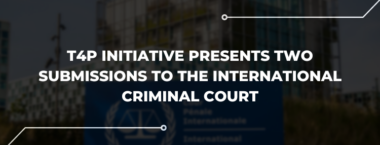
Torments, Torture Chambers, Executions: T4P Initiative Presents Two Submissions to the International Criminal Court
Information about extrajudicial executions of Ukrainians by the Russian military and Russian torture chambers in...
28 September 2023
The Media Initiative for Human Rights (MIHR) continues to monitor the situation in the newly occupied territories of Ukraine by Russian troops. The largest response comes from the Kyiv region. There in hostages hold about 300 people in inhuman conditions. Meanwhile, the Ukrainian military won back the city of Trostyanets in the Sumy region. The inhabitants came to the connection to tell how they had survived the occupation. More on this in this digest.
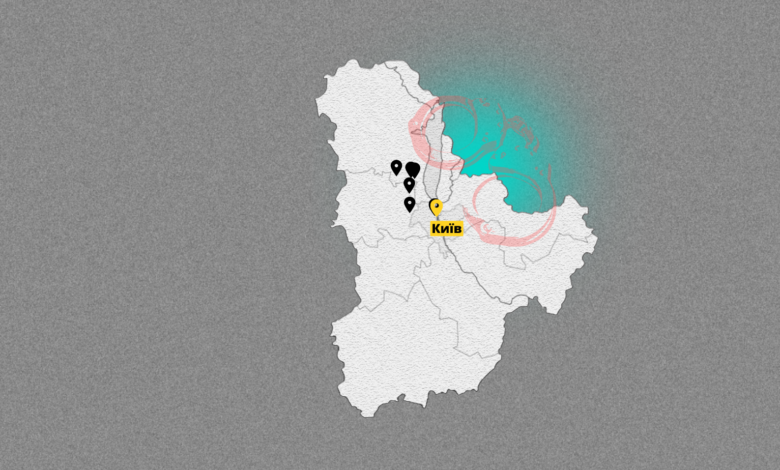
Hundreds of residents of the occupied settlements of Kozarovychi, Dymer and Katyuzhanka in Vyshgorod Rayon, Kyiv Oblast, are held hostage blindfolded and forced to dig trenches, as reported by their relatives and eyewitnesses. The most common pretext for detentions (mostly of men) is information found on people’s phones: photos, videos and posts on social networks that the Russians deem suspicious.
«First they (Russian soldiers — editor’s note) checked my younger son. He had a photo of a fire on his phone. They were all over him, threatening him with guns. They stripped him down and started looking for any markings that could indicate that he was in the military. Then it was my eldest’s turn — they switched their attention to him. They found a photo of a dam on his phone. My son explained that he works there, but they still took him away,» says Olena, resident of Kozarovychi. Talking to the locals, Russian troops have said that they are holding people for exchanges.
People found to have relatives abroad would also be detained. «An acquaintance of mine has been in contact with his brother in the United States, and they detained him for a week because they thought he was an American agent,» says Yevhen. The Russians were also detaining men to use them as workforce for fortifying their positions.
| MIHR found at least five detention locations, three of them in the village of Dymer. Most often, relatives of the detainees mention the premises of the plastic windows manufacturer Viknaland (22-E Vyshneva Street, Dymer). Other locations include the foundry and factory Master-Dakh in Dymer, non-residential buildings in the village of Syniak and a glass factory in Gostomel. |
The conditions of detention are atrocious. The detainees have their hands tied behind their backs and their eyes covered with duct tape. They were taken to Gostomel to dig trenches. Some were released — by being taken away from the detention location blindfolded.
Dmytro Khyliuk, journalist of the UNIAN news agency, was among those detained in the village of Kozarovychi. According to his friends, he was detained on March 4, 2022.
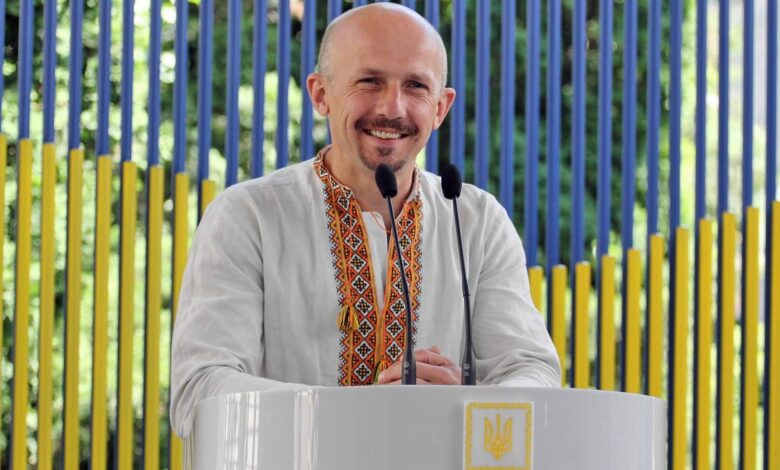
«Opposing militaries are not allowed to detain civilians without grounds. Civilians are those who don’t bear arms and don’t identify themselves as members of the armed forces of the opposing side,» says Vitaly Khekalo, lawyer of the Ukrainian Legal Advisory Group.
|
|
|
The material is made possible thanks to USAID Human Rights in Action Program.
USAID is the world’s premier international development agency and a catalytic actor driving development results. USAID’s work demonstrates American generosity, and promotes a path to recipient self-reliance and resilience, and advances U.S. national security and economic prosperity. USAID has partnered with Ukraine since 1992, providing more than $3 billion in assistance. USAID’s current strategic priorities include strengthening democracy and good governance, promoting economic development and energy security, improving health care systems, and mitigating the effects of the conflict in the east. For additional information about USAID in Ukraine, please call USAID’s Development Outreach and Communications Office at: +38 (044) 521-5753. You may also visit our website: http://www.usaid.gov/ukraine or our Facebook page at https://www.facebook.com/USAIDUkraine.
If you find an error on our site, please select the incorrect text and press ctrl-enter.

Information about extrajudicial executions of Ukrainians by the Russian military and Russian torture chambers in...
28 September 2023
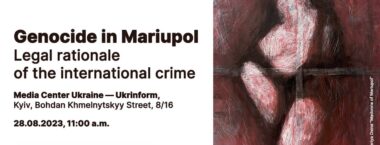
The initiative of the T4P (Tribunal for Putin) presents its first document with systematic justification...
23 August 2023
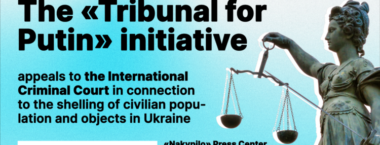
Since the onset of the full-scale invasion, the «Tribunal for Putin» initiative has recorded about...
18 August 2023
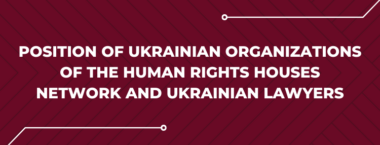
Position of Ukrainian organizations of the Human Rights Houses Network and Ukrainian lawyers on the...
17 July 2023